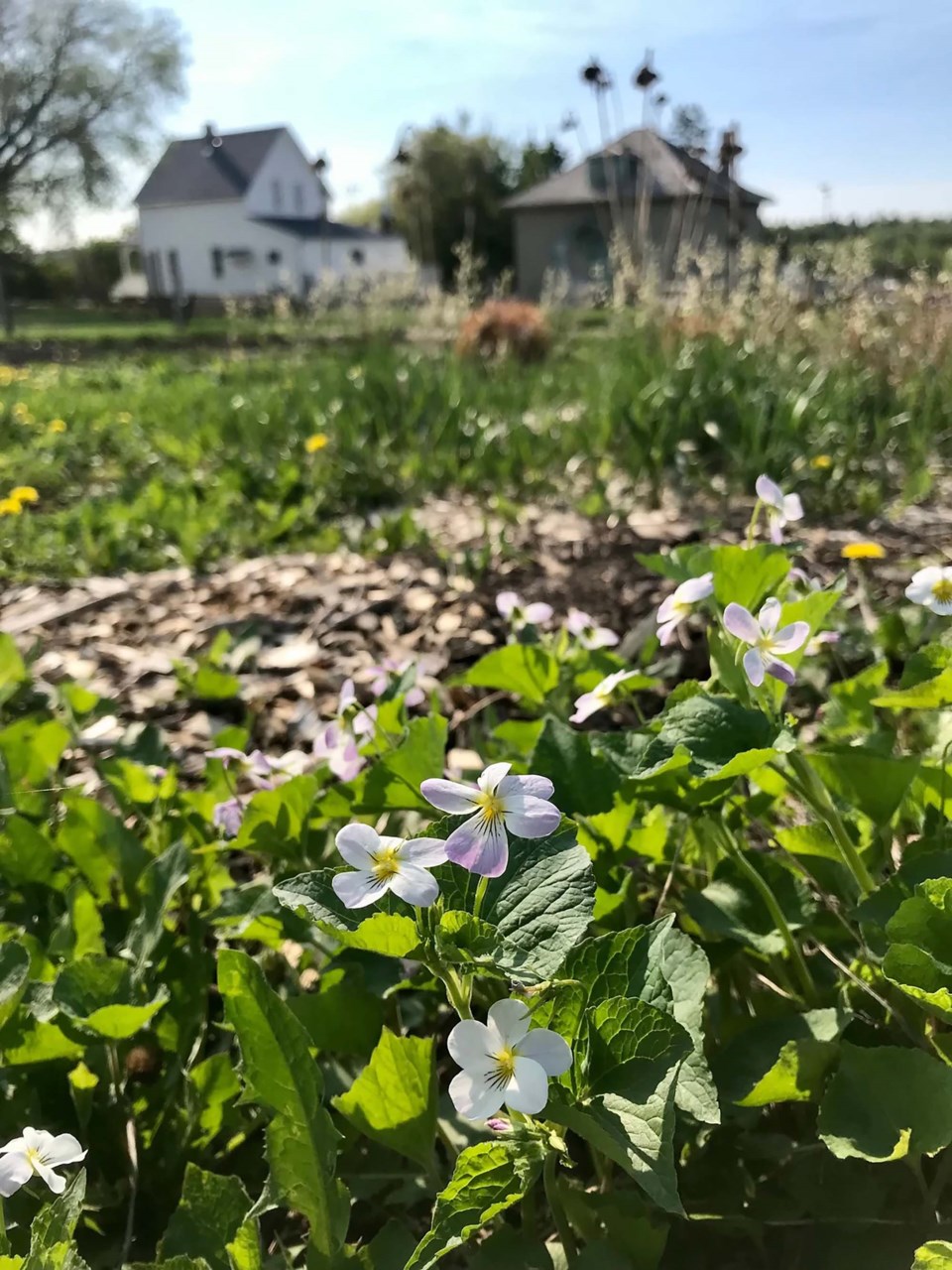When St. Albert First Nations resident Ryan Arcand wants to live as his grandparents did, he turns to the wilds of St. Albert for the necessary ingredients.
“Buffalo sage is all over the place,” Arcand said, referring to a plant often used in smudging ceremonies, and there are plenty of edible saskatoons, cranberries, and other native plants too, if you know where to look.
Arcand said he learned how to recognize and harvest the plants used for centuries by the First Nations from elders back in his home community of Saddle Lake.
St. Albert residents can learn about these and other plants next Wednesday July 31 as part of an Indigenous plant tour. The tour is part of the Arts and Heritage Foundation of St. Albert’s 2024 walking tour series on St. Albert history.
Walk host and Musée Héritage Museum Indigenous programmer Celina Loyer said guests on the walk will get to see various native plants growing along the Sturgeon River and learn their significance to the First Nations, Inuit, and Métis peoples. Loyer said her knowledge of these plants comes from her parents and her work with renowned Métis historian Anne Anderson (namesake of the Dr. Anne Anderson Memorial Herb Garden by the St. Albert grain elevators).
Roots of history
Loyer said St. Albert was lucky because many of the plants used by Indigenous peoples still grow today along the Sturgeon River. Some, such as saskatoons and chokecherries, were used as food. Others, such as yarrow, were medicinal.
Yarrow is known for its fern-like leaves and umbrella-like clusters of small, white flowers, Loyer said. It was typically used during menstruation or childbirth, and could be ground up, eaten fresh, or consumed in a potion. Wild mint was added to tea to relieve indigestion and could be added to other medicines to offset their taste.
Loyer said knowledge of how to use many medicinal plants was held by medicine women, who served as a community’s doctor and pharmacist. While some plant knowledge was passed from mother to daughter, others were passed from father to son.
“Some of the plants can be dangerous,” Loyer said, and practitioners had to be very cautious in their use.
Arcand said commercial and residential development have wiped out many patches of native plants in St. Albert. That means Indigenous persons like himself must go further and further out of town to find the plants needed for their cultural practices, or buy them from specialty stores in Edmonton.
Overharvesting is another threat to these plants, Loyer said.
“Never take more than you need,” she said, and never harvest a plant unless you know exactly what it is.
Modern harvesters also need to consider pesticides, agricultural runoff, and private property when planning where to pick, Loyer said. She suggests heading out with an experienced harvester at first, and to call St. Albert Public Works to determine if a public place has been sprayed.
Loyer said she hoped guests on the walk would learn to appreciate that everything around them has a purpose .
“I really want people to respect what is around them.”
The Indigenous Plant tour runs from 6 to 7:30 p.m. on July 31. Tickets are $3. Guests should meet at the Musée Héritage Museum in St. Albert Place and dress for the weather. Other historic tours of downtown St. Albert, the Sturgeon River, Mission Hill, and River Lots 23 and 24 will be held later this summer.
Visit www.artsandheritage.ca/products/2024-arts-and-heritage-st-albert-walking-tours for details.




